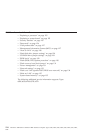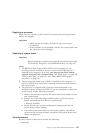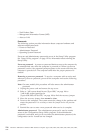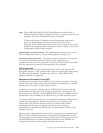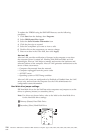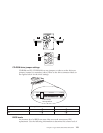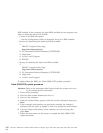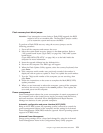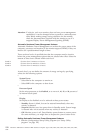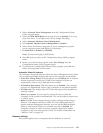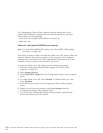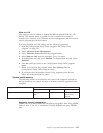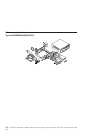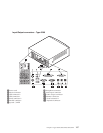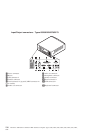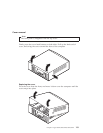Attention: If a device, such as a monitor, does not have power-management
capabilities, it can be damaged when exposed to a reduced-power
state. Before making energy-saving selections for the monitor,
check the documentation supplied with the monitor to see if it
supports Display Power Management Signaling (DPMS).
Automatic Hardware Power Management features
Automatic Hardware Power Management can reduce the power states of the
computer, processor, and monitor (if the monitor supports DPMS) if they are
inactive for a predetermined length of time.
There are three levels of specified time that the computer must be inactive
before the power management options that are selected take effect. Select the
amount of time that is offered within each level.
Level 1 Set time from 5 minutes to 4 hours.
Level 2 Set time from 10 minutes to 5 hours.
Level 3 Set time from 15 minutes to 6 hours.
At each level, you can define the amount of energy savings by specifying
values for the following options.
v
System Power
– Select On for the computer to remain on.
– Select Off for the computer to shut down.
v
Processor Speed
Set the microprocessor to be disabled,ortorunat1, 10, 25,or50 percent of
its internal clock speed.
v
Display
Set display to be disabled or to be reduced at these power states:
– Standby: Screen is blank, but can be restored immediately when any
activity is detected.
– Suspend: Monitor uses less power than in Standby mode. Screen image
is restored after a few seconds when any activity is detected.
– Off: Monitor power is off. Press Monitor power button to restore power.
On some monitors, you might have to depress the power button twice.
Setting Automatic Hardware Power Management features
1. Start the Configuration/Setup Utility program (see “Setup Utility
program” on page 122).
132 Hardware Maintenance Manual: IBM NetVista Computer Types 6058, 6059, 6269, 6568, 6569, 6578, 6579, 6648,
6649



